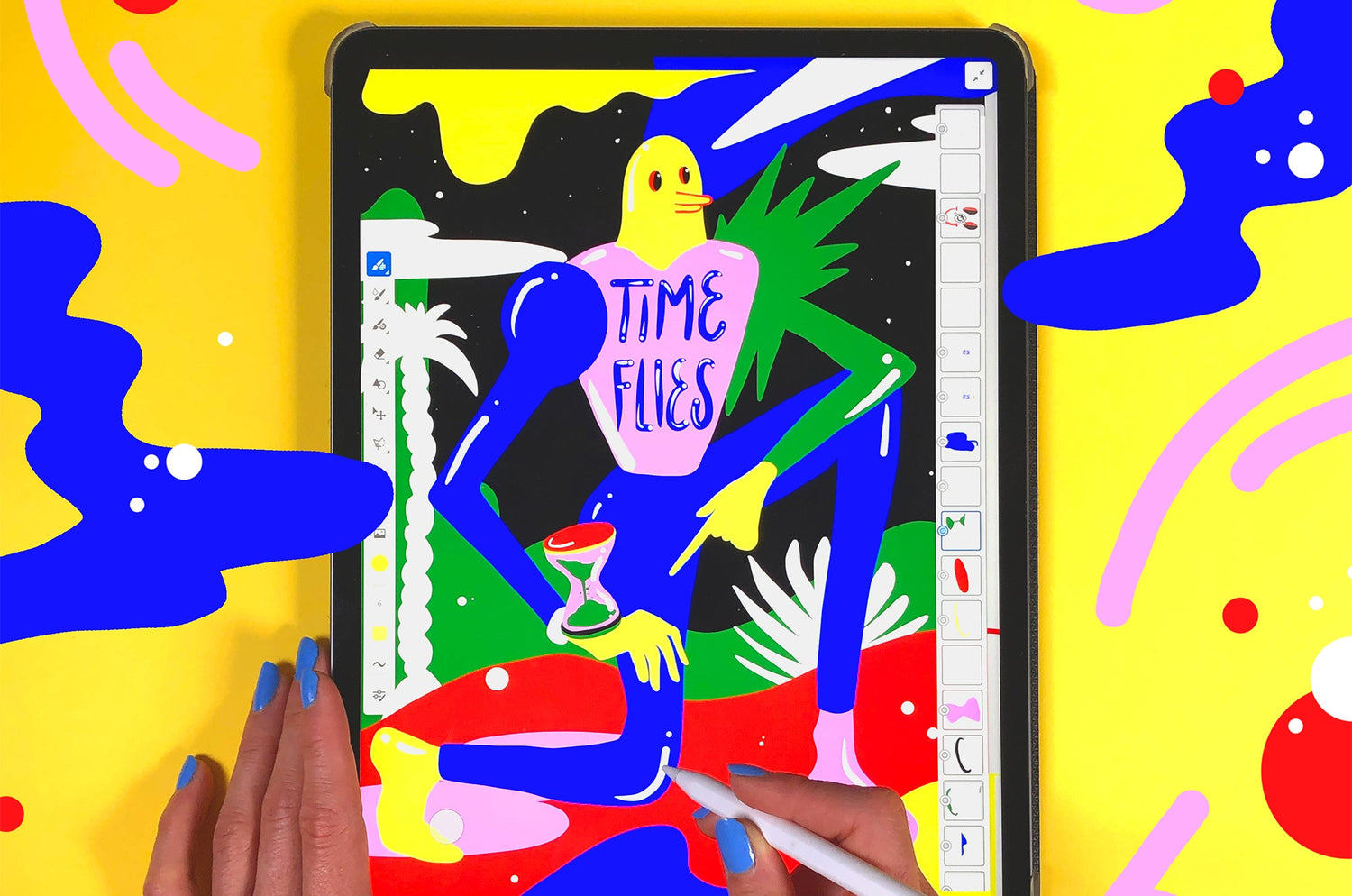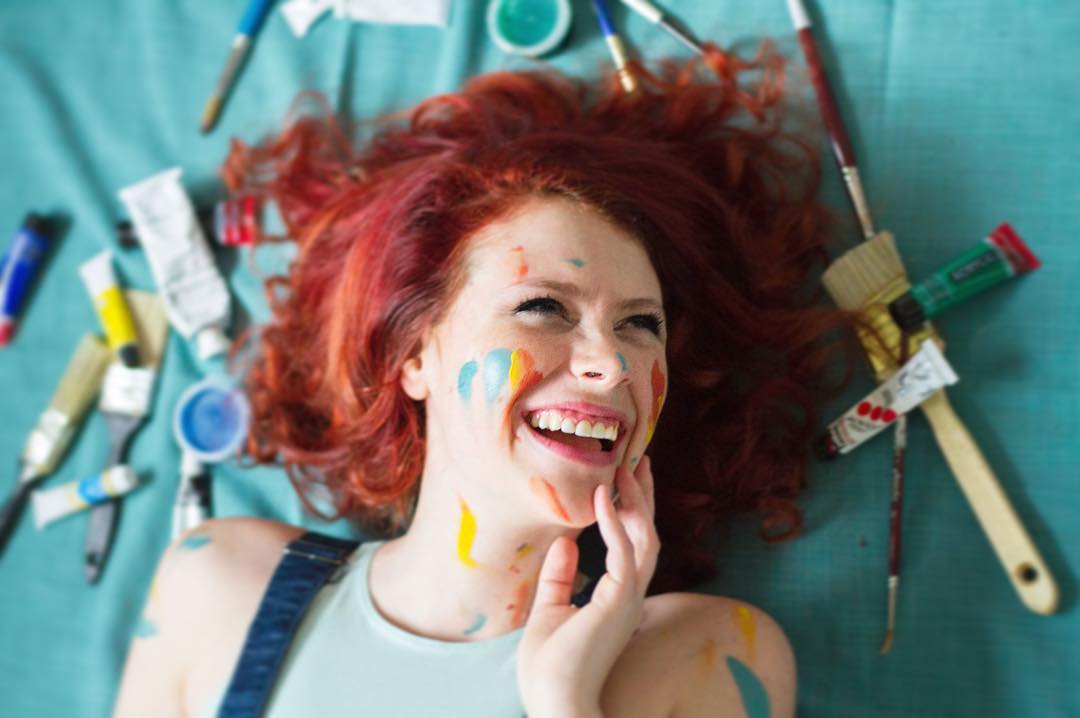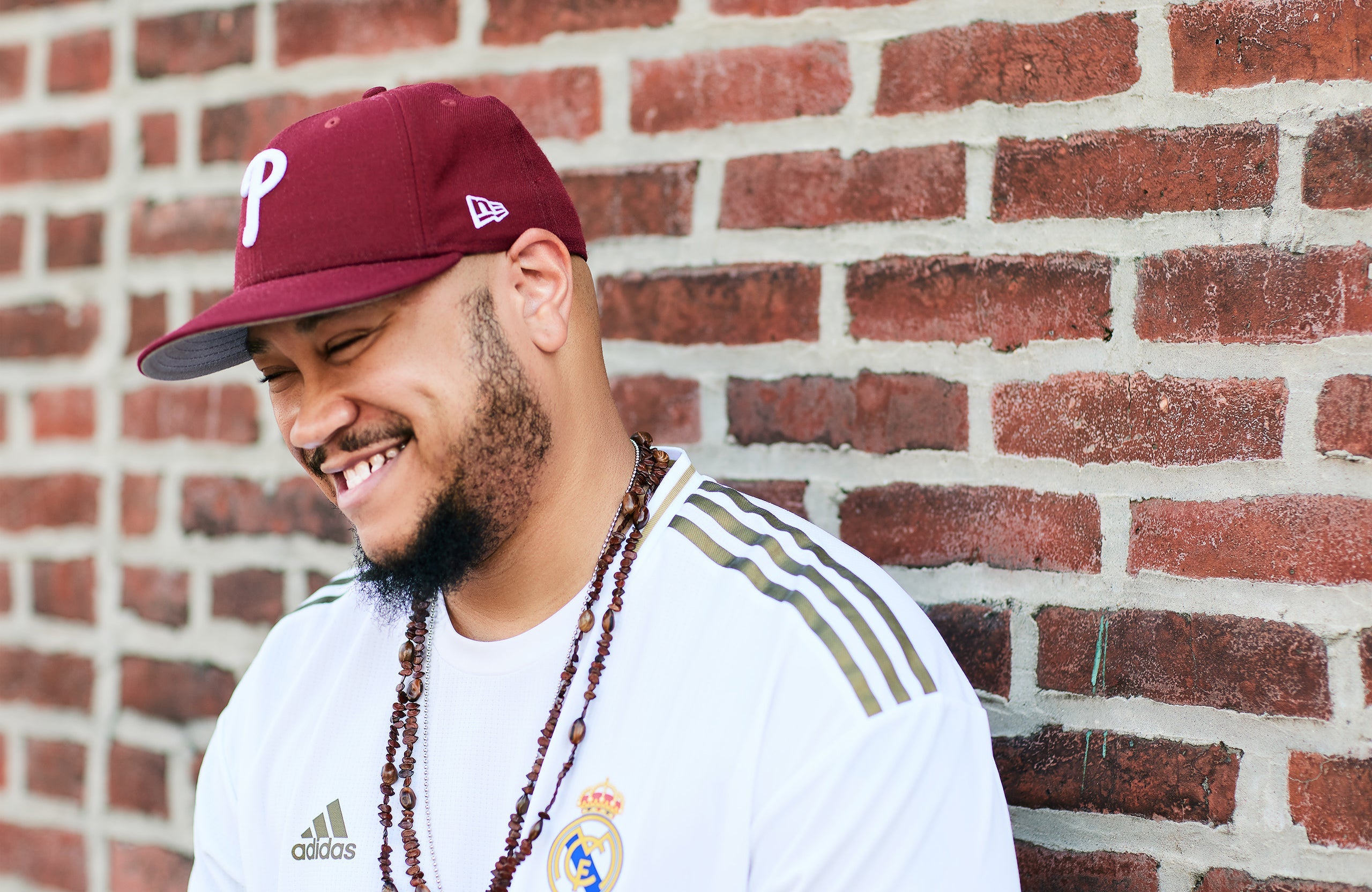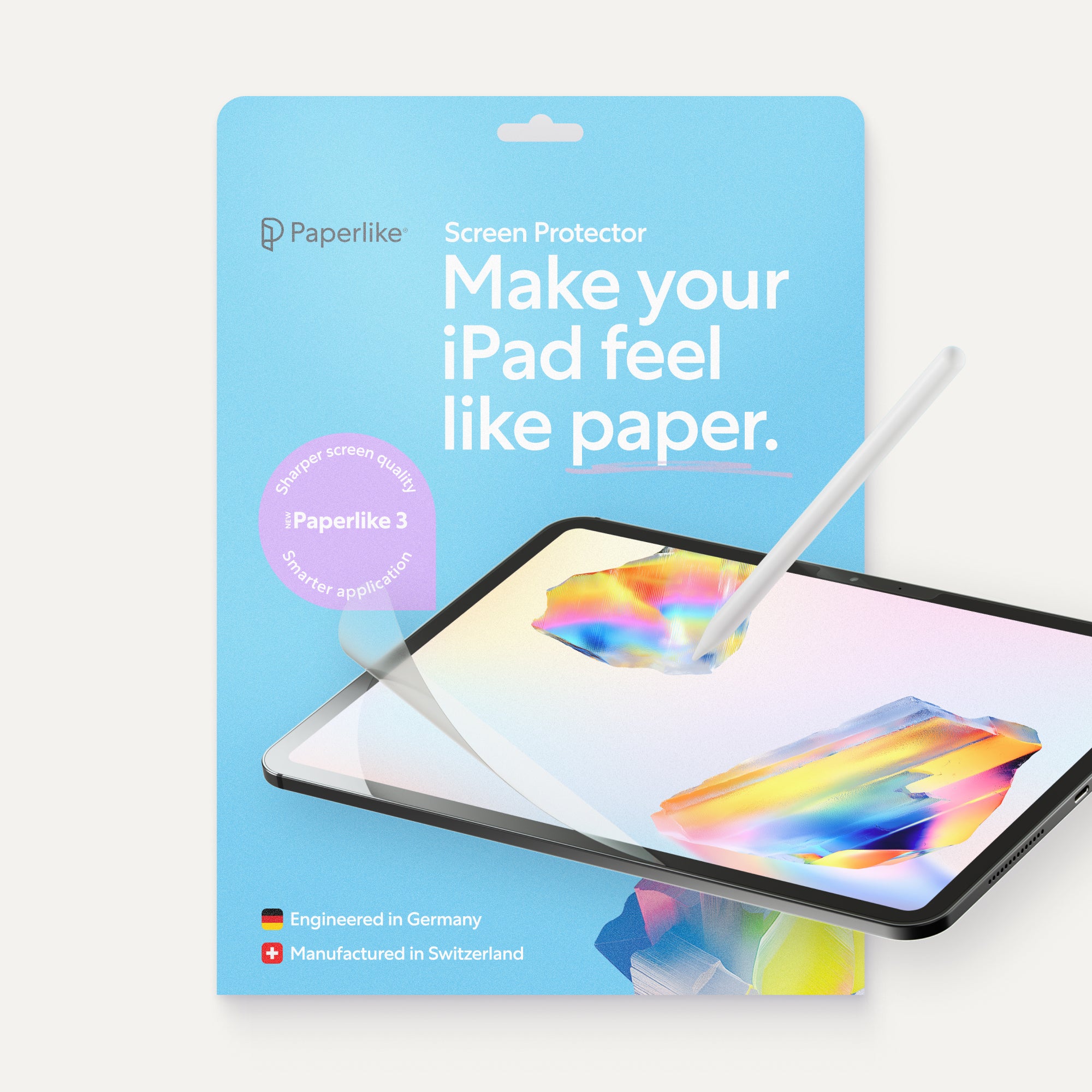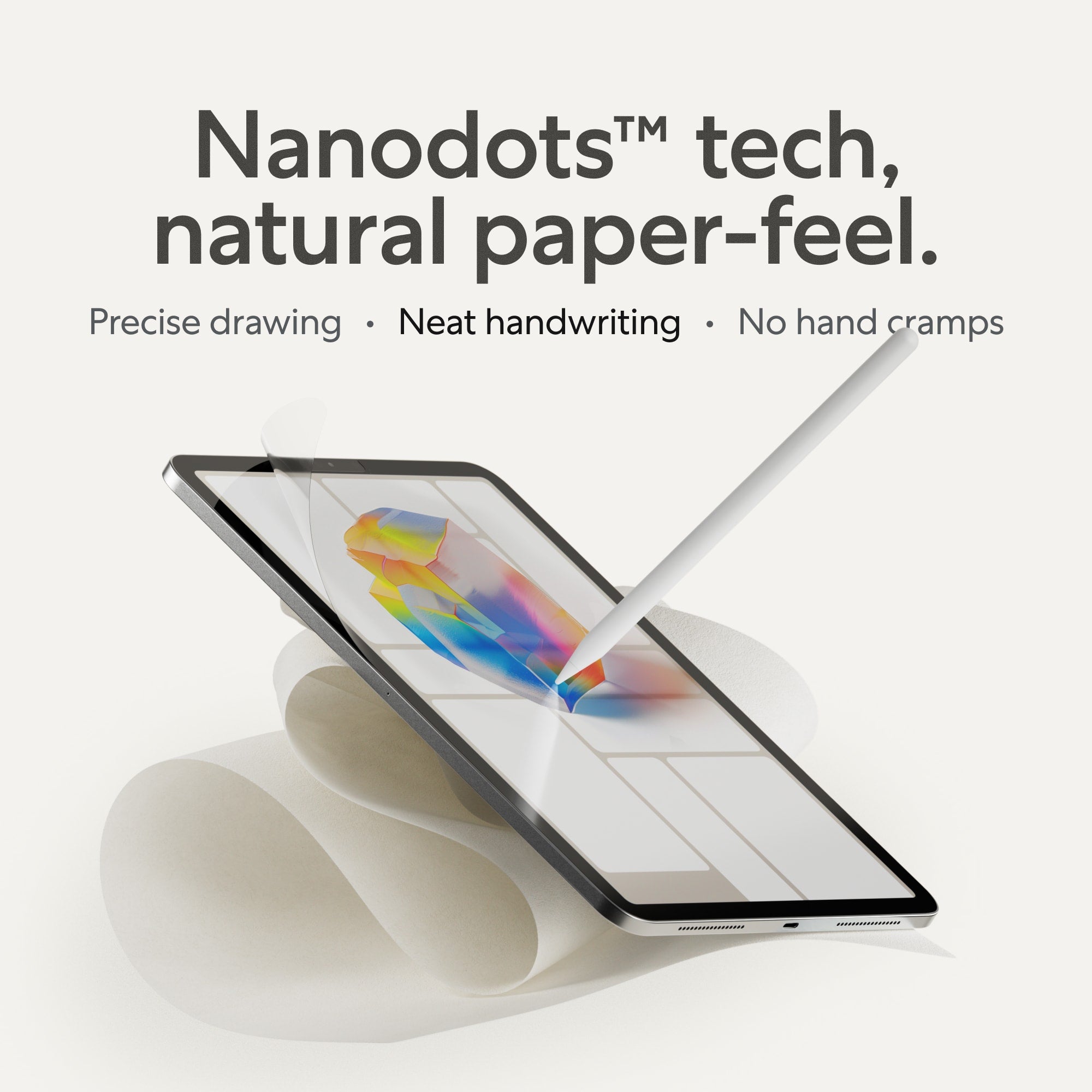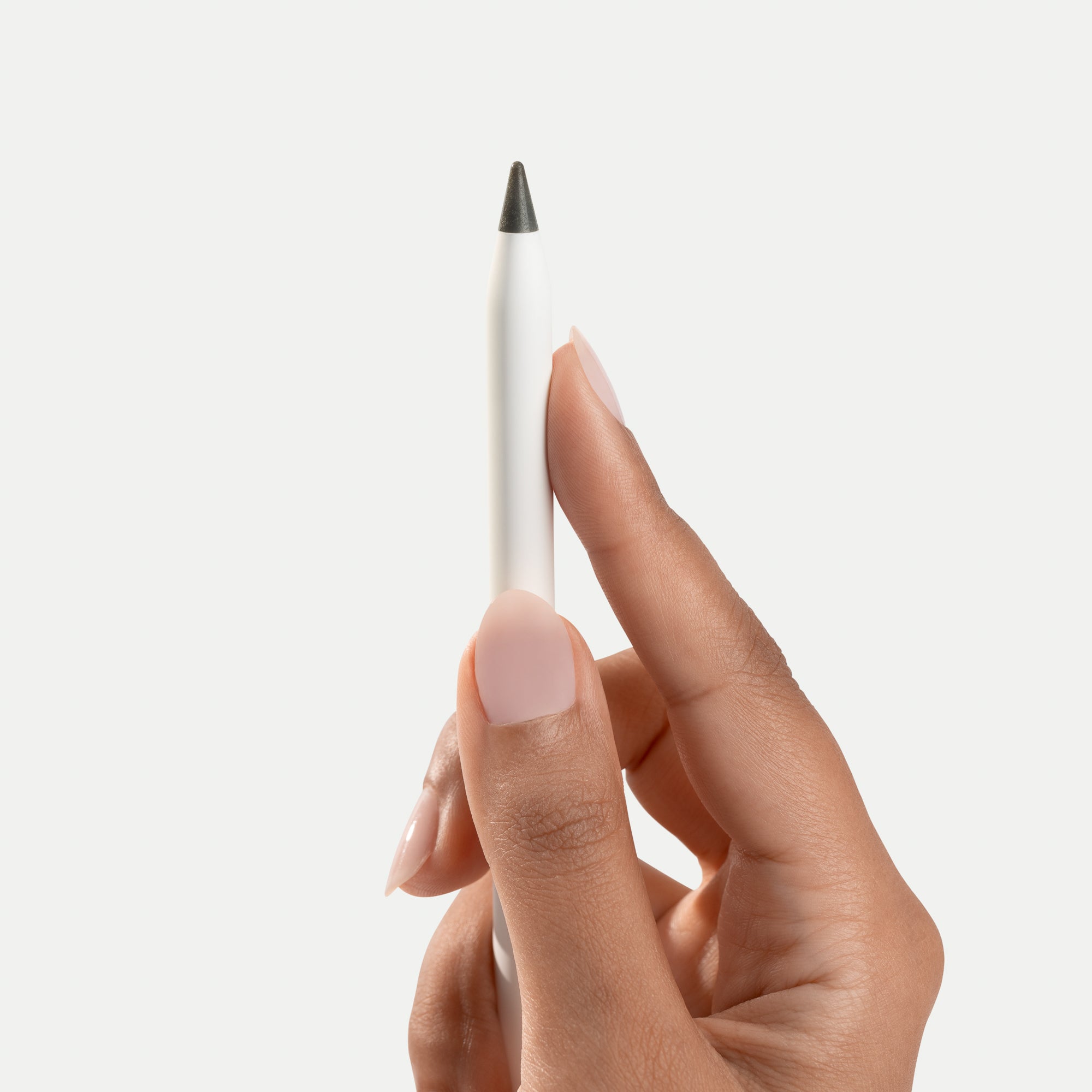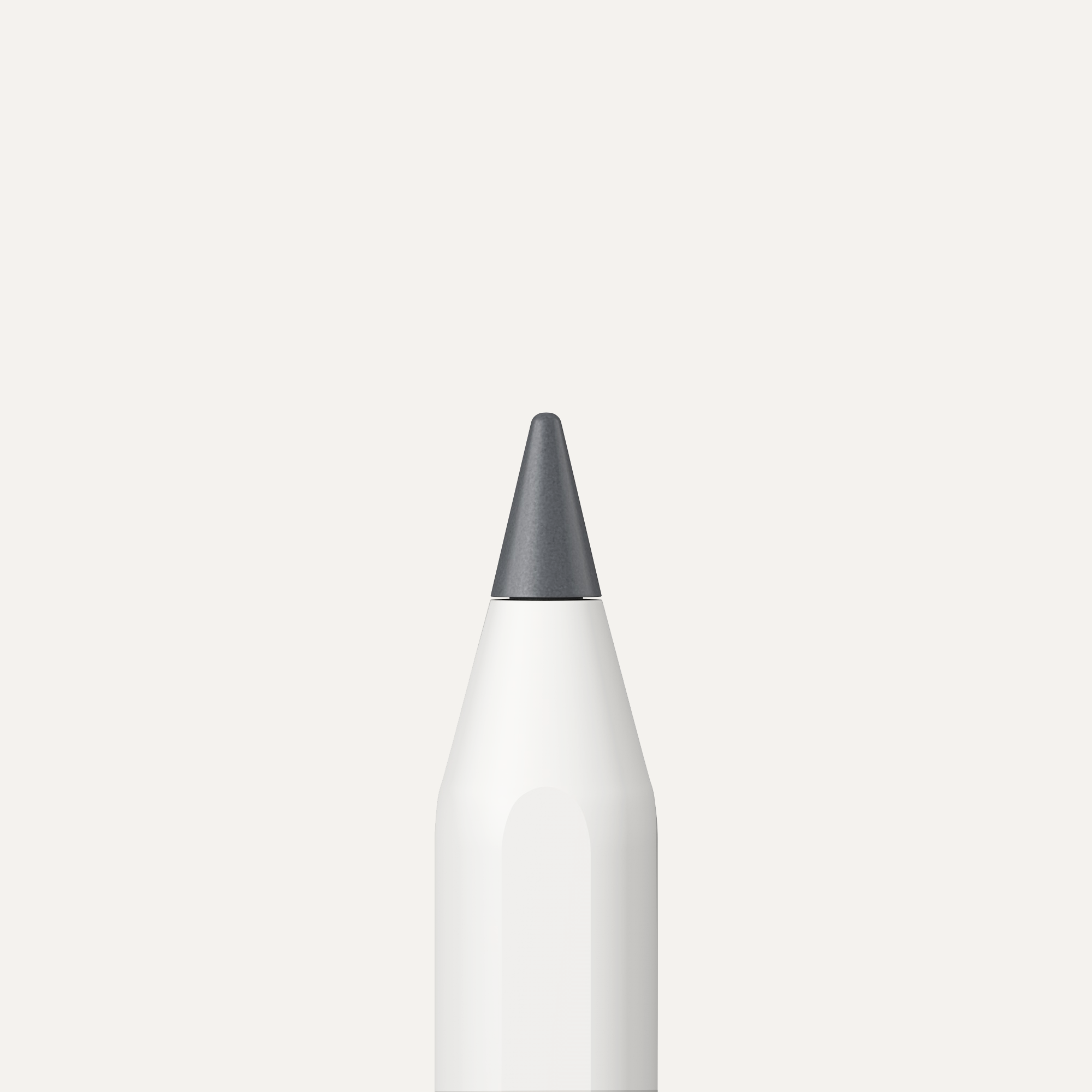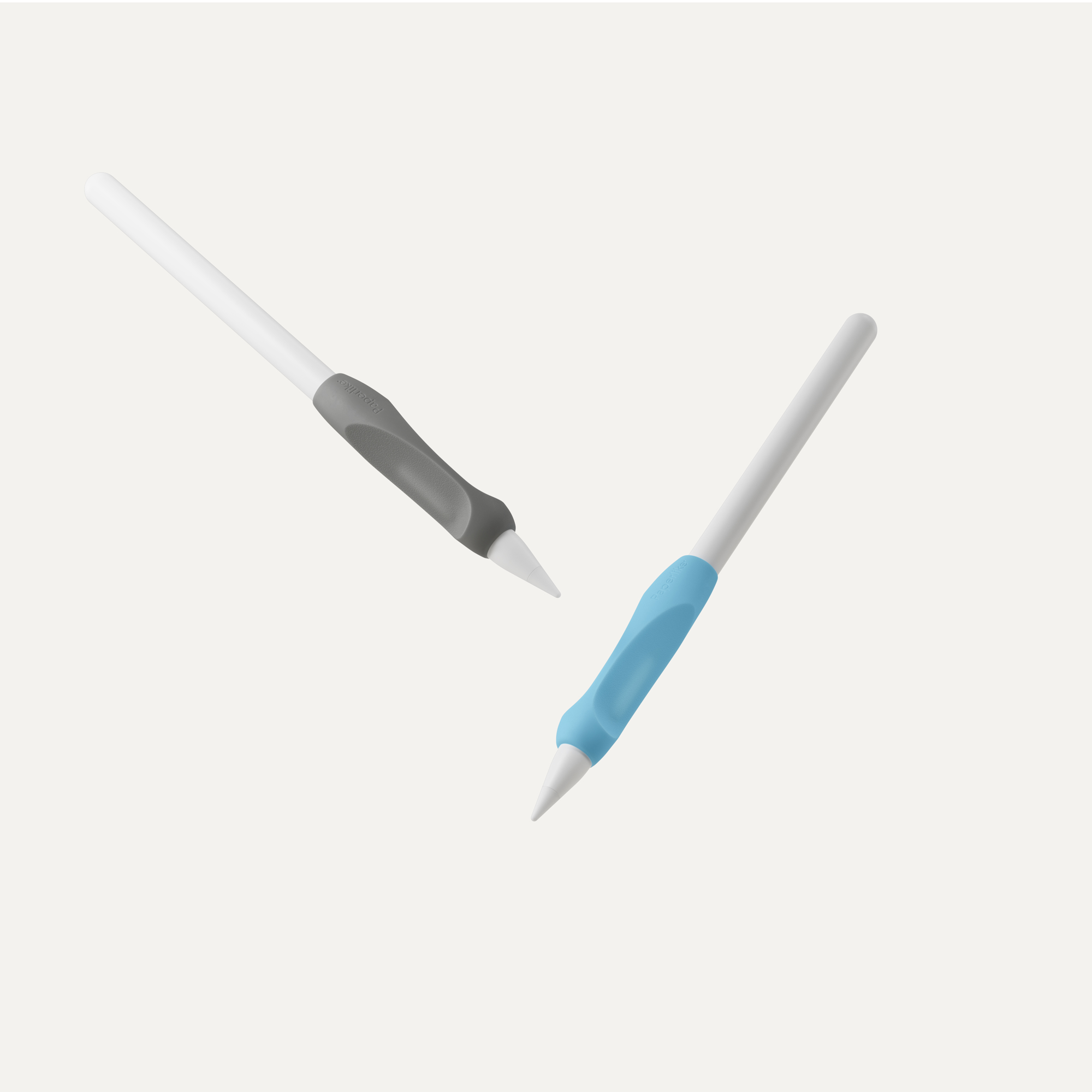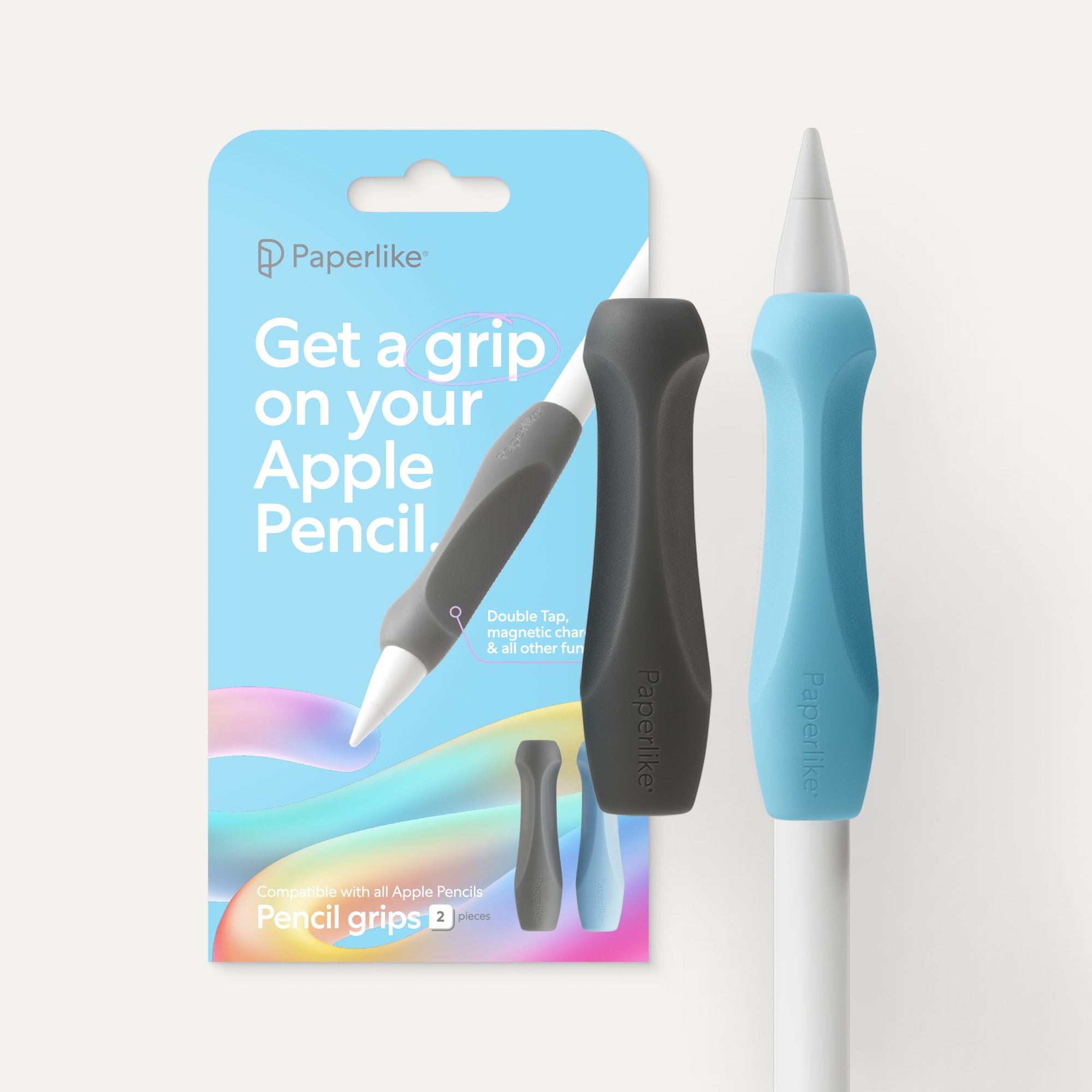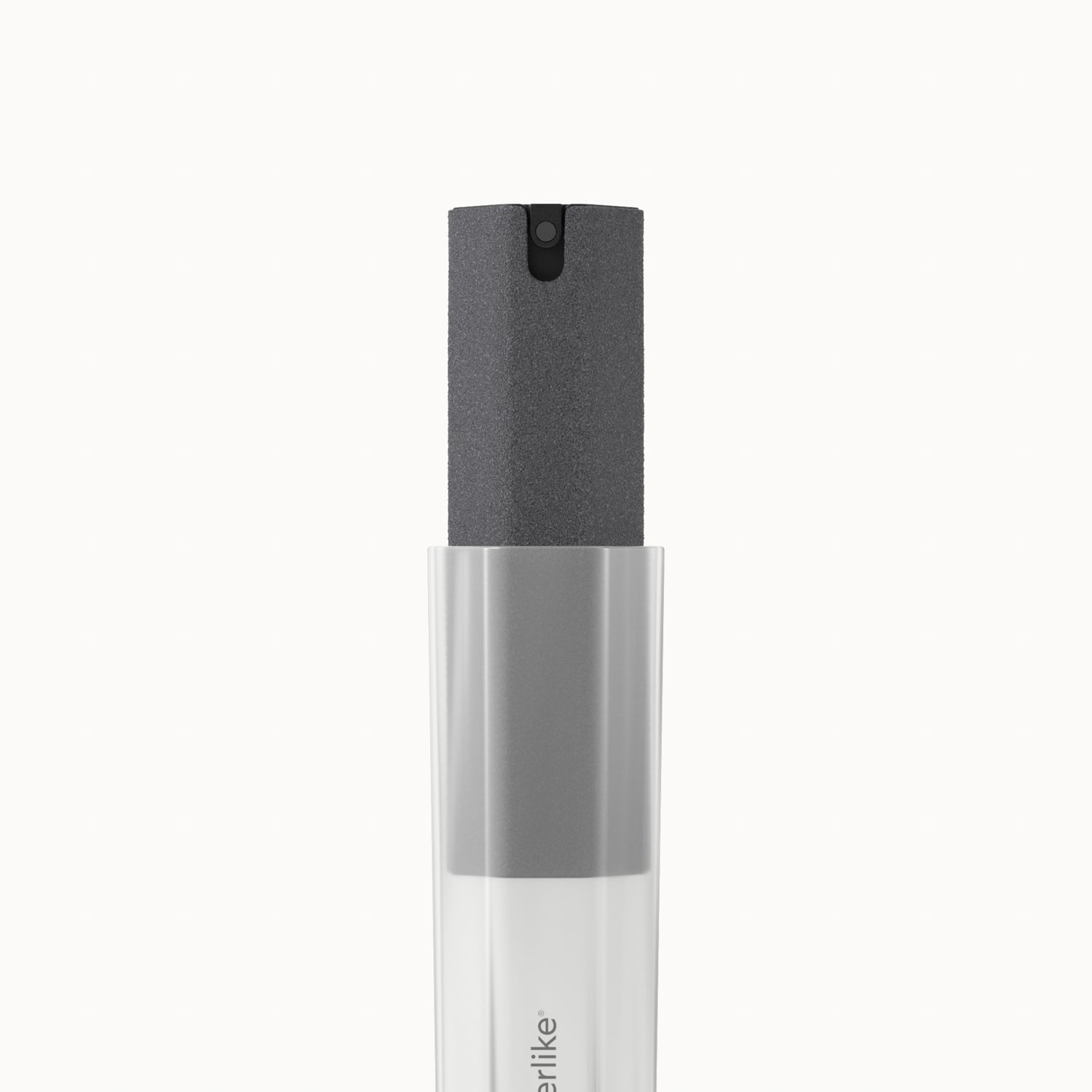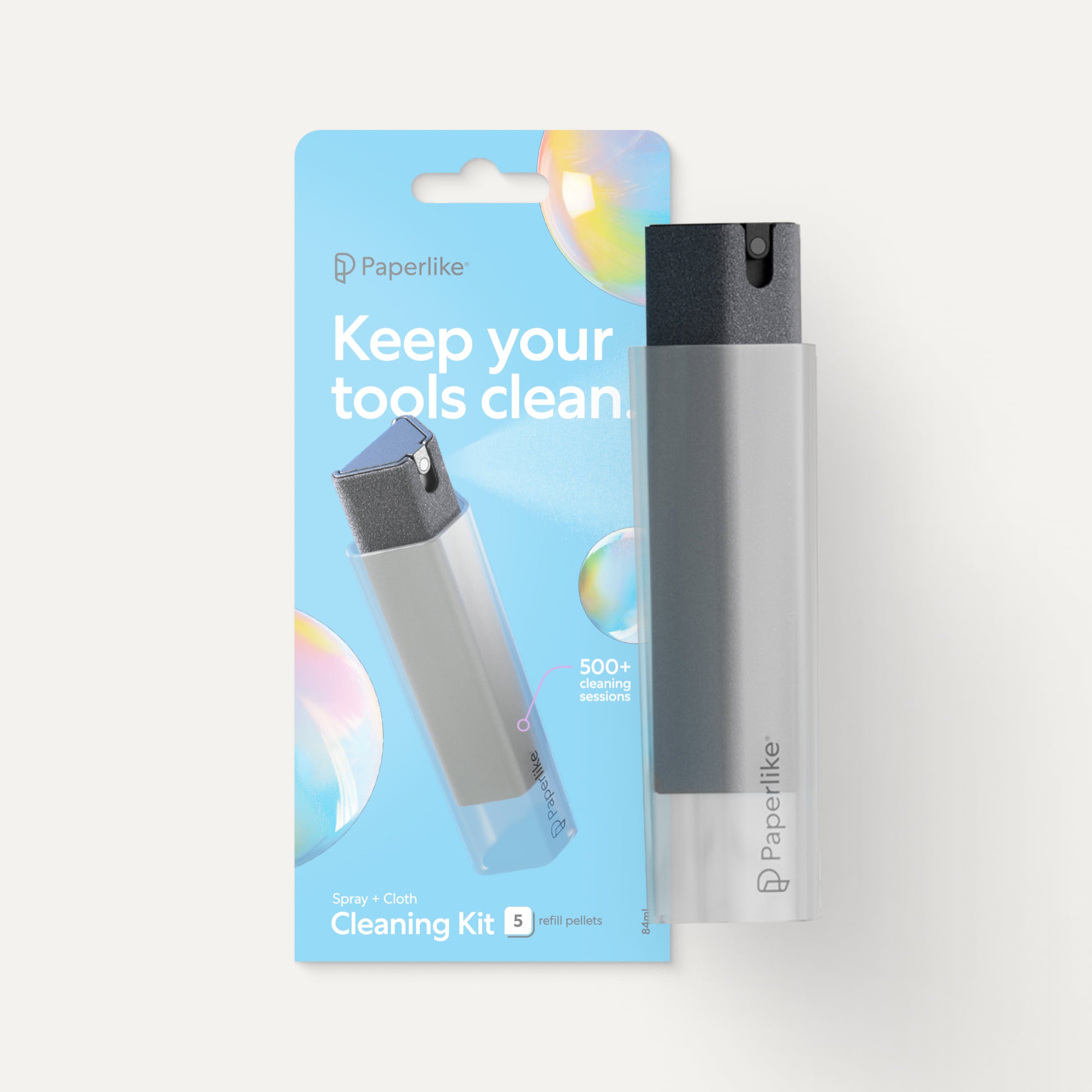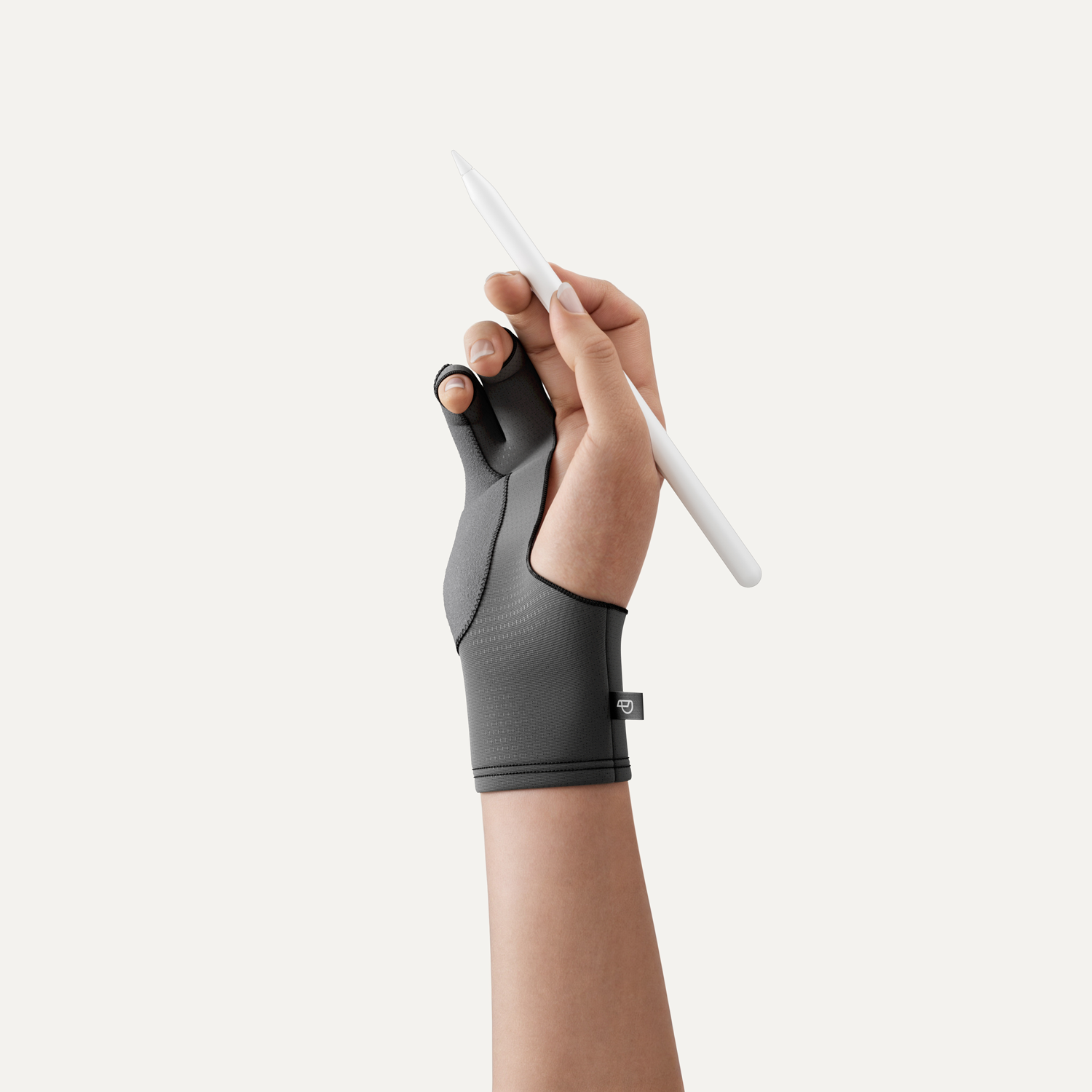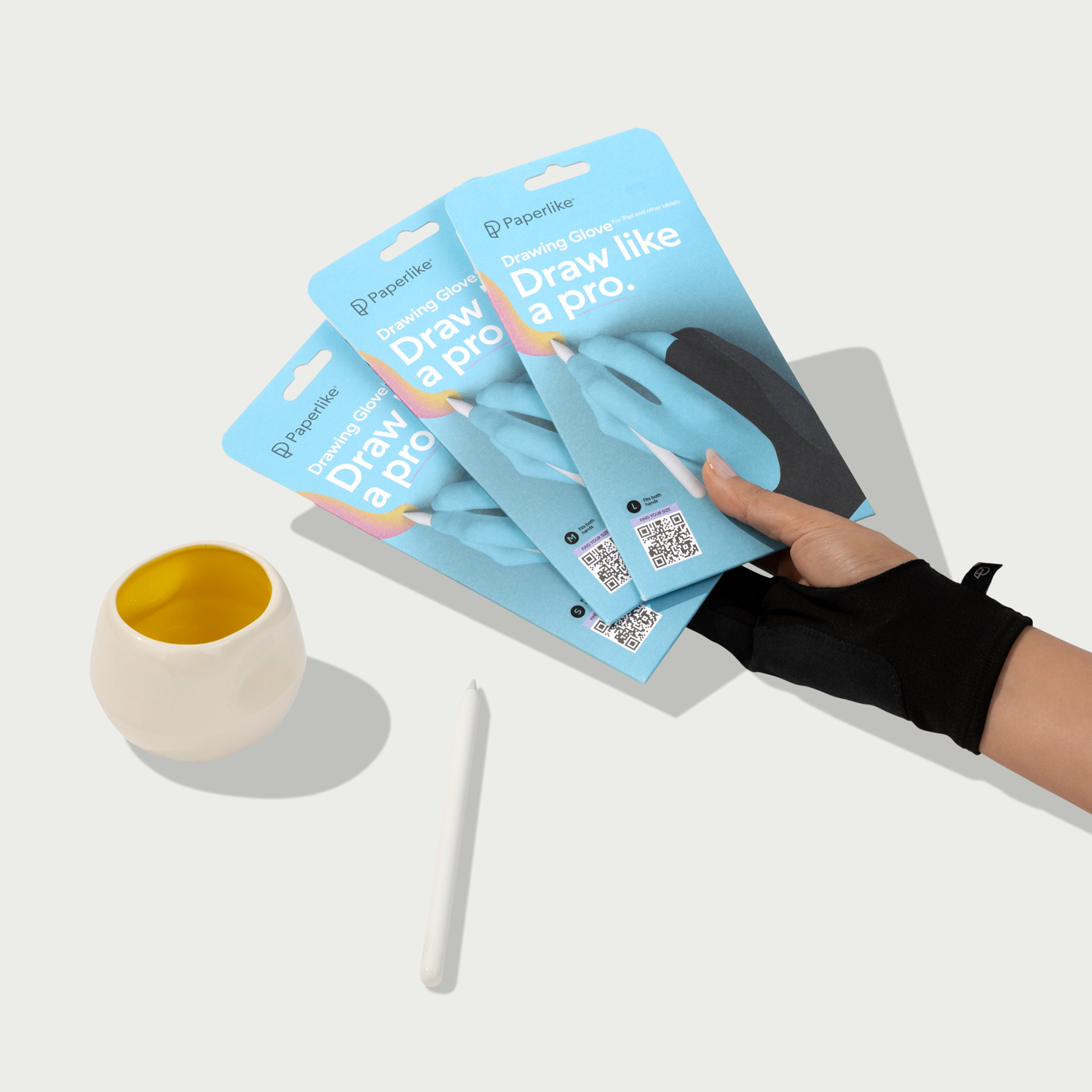Most creators and illustrators are focused on creating art within the boundaries of a predefined space. Painters use brushes and a canvas. Digital artists use tablets and screens. Even muralists only use the walls and ceilings they’ve been given.
For Nadine Kolodziey (@nadinekolodziey), visual artist, illustrator, and former member of the Adobe Creative Residency Program, art isn’t just about a creative endeavor. It’s about creating a lasting and memorable experience.
Armed with a Masters of Art in Art and Design from HFG Offenbach and a passion for exploring the intersection of technology and illustration, Nadine explores how art exists in our daily lives — and what that means for the future of marketing.

Drawing and Collecting Weird Stuff
Nadine grew up with what she describes as a “science- or nature-oriented, in-house education.” Her parents, both physicists and geophysicists, spent time studying nature — particularly stones — and they brought Nadine along during their excursions.
“They always took me outside,” Nadine recalled, “but whenever we were inside, I always wanted to draw.”
As soon as she had her own room, Nadine spent most of her time indoors drawing and sketching at her desk. But her parents’ excursions into nature became Nadine’s gateway to the world.
“I was always drawing and collecting weird stuff,” she said.
That mixture of tangible and intangible had a profound impact on Nadine’s creative process. In nature, she could interact with her surroundings. While she was out, she brought nature back with her and spent time condensing those experiences into art.
So, how does one make the leap from a nature-based upbringing to a pioneer in the field of visual research and augmented reality?
Nadine has no idea. In fact, she figured that she would end up in another career. While in school, Nadine undertook a two-week internship at a botanical garden because she thought it would be an ideal fit.
Ultimately, it was and it wasn’t. Nature is still a huge theme in Nadine’s work, and her passion for bringing art to life in walkable environments allows her to create and maintain artistic spaces with the aim and precision of a master gardener.
“Somehow,” Nadine said, “I made it there in a more digital way.”

The First Draft Is The Best Already
Unlike many artists, Nadine’s creative process is rarely the same twice. Because she works to create interactive experiences that exist in three-dimensional spaces, her artistic canvas is always changing.
To that end, Nadine says that museums are often a big inspiration, especially exhibits showing crafts from ancient cultures. In studying them, Nadine says that she often becomes inspired not just by the use of the space but by the content of the exhibit.
“Sometimes, I dig into very specific directions from the past and research on some images or old ways to communicate,” she explained. “I kind of get inspired to start from there if there’s a specific object that’s sparking my interest.”
After Nadine has found her inspiration, she heads straight to paper and scissors or to the iPad. In many ways, this choice is based on where she thinks the piece is going to go. Though Nadine is known for her work in augmented reality, it’s not the only thing she does. While Nadine says that working with augmented reality “brought her to another level with her workflow,” she doesn’t try to force every artistic endeavor into that process.
Like many graphic designers, Nadine often starts with a sketch. But she’s very particular about the effort. Nadine is a passionate believer in a single-draft process. She prefers to work on one draft until it’s finished rather than trying to do multiple drafts at a time.
The reason is simple: From Nadine’s perspective, the first draft is the best one already. That first draft sits at the crossroads of artistic talent and a gut feeling that Nadine finds impossible to ignore.
”Mostly, I think the first draft is the best already, so I try to have only one,” she said. “And if I do another one, it has to be another idea or a different approach to it. I hate overdoing and repeating one image endlessly. So, one until it’s finished or many very different ones where I can choose.”
This, she says, is where digital technology comes into play. She points out that sketching is interesting because it’s a simple technique that can take place in a variety of different programs, depending on the nature of the project.
Plus, because everything is digital, her one-sketch mentality isn’t as restrictive as it might first appear. As with many artists, Nadine likes to work a sketch up in layers.
“If you start with a sketch, it might feel limited in the first glance to be like, ‘Oh, I have to stick with this draft now,’” Nadine explained, “but this draft is very flexible if you work in layers or work digitally.”
Nadine points out that sticking with a drawing — investing time and energy into it — gives it a greater intensity and more potential. She likes that approach and finds that it works for her both in graphic design and in other forms of visual art.

Seizing the Right Opportunity
It comes as no surprise that Nadine uses Adobe products to empower her creative process.
While many artists we’ve spoken with prefer apps like Procreate, Nadine leans heavily on Adobe Fresco and Photoshop Mobile to create when using an iPad. On the laptop, she sticks with Illustrator, Photoshop, and Dimension, Adobe’s 3D-modeling software.
These software components were critical during her year as an Adobe Creative Resident (May 2018 - May 2019), where Nadine expanded her skills in art direction and 3D-design with “The Undrawn Drawing Tour.”
The Frankfurt-based exhibit, featuring large, styrofoam cutouts overlaid by digital illustration, was created to demonstrate the intersection of digital and physical art. The cutouts for the exhibit were designed and modeled using software and then cut from white styrofoam. From there, mounted projectors could then cast art onto the white surface, bringing the entire display to life.
But while the Undrawn Drawing became Nadine’s residency project during her time with the company, she says that the opportunity gave her the push she needed to stretch her legs as a creative professional.
Nadine admits that this was a big step for someone who had graduated into a workplace where she felt insecure and was struggling to define herself as an artist.
“When you get out of art school, not many people know you,” Nadine explained. “You have just the first idea of your style or the directions you want to develop into, so you’re quite insecure about yourself.”
Taking the residency opportunity gave Nadine a way to position herself more strategically in the market and to connect with other creative professionals in new and exciting ways.
As a creative resident, Nadine gave talks on behalf of the organization and its products. She connected with artistic communities in Germany, but also in far-flung cities like Tokyo and San Francisco, where she worked to explain how ideas around digital augmentation were changing the landscape of art and design.
Most importantly, Nadine says that she realized how important it was to be a spokesperson and an advocate for the artists and creatives who weren’t in a position to have their voices heard.
“I didn’t think about that as part of my job before,” she said.

Art and the Future of Marketing
According to Nadine, the entire mindset behind The Undrawn Drawing is to change the idea of how art is perceived. It’s one of the reasons that Adobe brought her in as a creative resident.
”I pitched to Adobe that I’m coming from that insulative/illustration background and that I’d love to fuse that with augmented reality. So I pitched The Undrawn Drawing,” she said.
Adobe was happy to accept that proposal, and Nadine spent a year developing the project. For Nadine, this proved to be insightful because everyone believes that augmented reality is the future of marketing.
“Everyone has that feeling in their guts that it’s the future, and I think it’s true,” she said. “I think with augmented reality, it’s also sort of grounding because it’s referring to your here and now experience. It’s not something you can really send to someone else because they will experience it differently. So it is the future, I think, and I feel lucky to see its beginnings.”
But it’s not without its challenges. Chief among these was the cost of development and implementation, especially where experiential exhibits were concerned.
As Nadine puts it: “All these insulative exhibits are nice, but they’re very cost-intensive to have a space, to have transportation and materials. It’s not very friendly to the environment to always produce big setups and then maybe you only use it for one venue.”
Nadine figured that if she could simulate the same experience in a digital way, and if that experience still carried the same spark of curiosity and exploration while someone explored the exhibit, then she could replicate those goals at a lower cost.
“I thought that augmented reality could do that,” she said, “but I had no clue how to do it.”
The Undrawn Drawing became her answer. And Nadine is quick to say that solutions like hers aren’t the final word when it comes to AR and marketing. She points out that it’s a new frontier, and everyone is trying out new things.
“I think everything we do now might be really hilarious looking back maybe five years later,” she said. “Kind of like the first websites, which looked like super-bad, but that was what was possible.”
Right now, she says, the technology is new and people are experimenting. Consumers are still unfamiliar and uncomfortable with technology that is still experiencing a few growing pains. But that’s just part of the process, says Nadine.
”When technology is new, you need to experience it firsthand and warm up with it in order to feel comfortable,” she said.
By augmenting her design repertoire with AR, Nadine hopes to help consumers experience art in an entirely new way.
You can learn more about Nadine on her website, and you can keep an eye on all of her creative projects on Instagram and Facebook. Recently, Nadine has been working to implement augmented reality into a new scavenger hunt app, called Scavengar. Find out more about it here!


